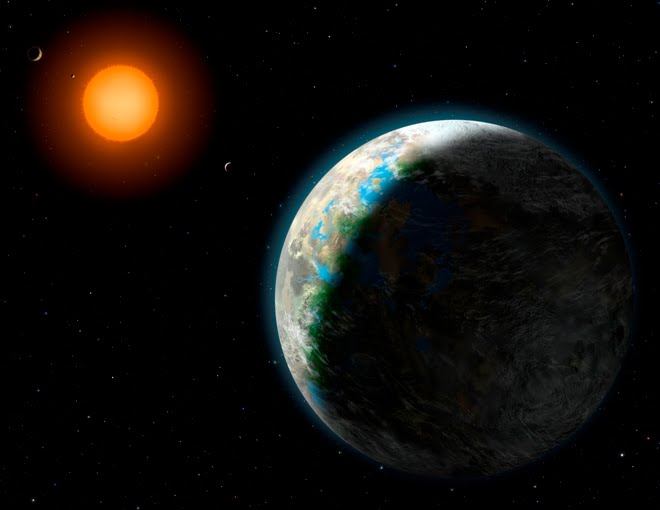
Potential threat to Earth in the year 2182
When it comes to visiting asteroids, NASA doesn't pick run-of-the-mill space rocks. The target of NASA's latest asteroid mission is not only thought to be rich in the building blocks of life, it also has a chance — although a remote one — of threatening Earth in the year 2182.
NASA will launch a sample-return mission to an asteroid in 2016, agency officials announced on May 25. The mission will be called Origins-Spectral Interpretation-Resource Identification-Security-Regolith Explorer (OSIRIS-Rex) and will reach an asteroid called 1999 RQ36 in 2020. The unmanned spacecraft will use a robotic arm to snag some samples. According to the plan, the probe will return these bits of space rock to Earth in 2023 so scientists can study them for clues about the solar system's origin and, possibly, how life may have begun on our planet.
The $800 million OSIRIS-Rex will be the United States' first asteroid sample-return effort and only the second mission in history to retrieve samples from an asteroid. Japan's Hayabusa spacecraft successfully returned tiny grains of the asteroid Itokawa to Earth in June 2010.
Related links:
Space.com article on NASA's 2016 mission to Asteroid 199 RQ36
Why NASA Chose Potentially Threatening Asteroid for New Mission
Sources: Space.com, News.Yahoo.com






